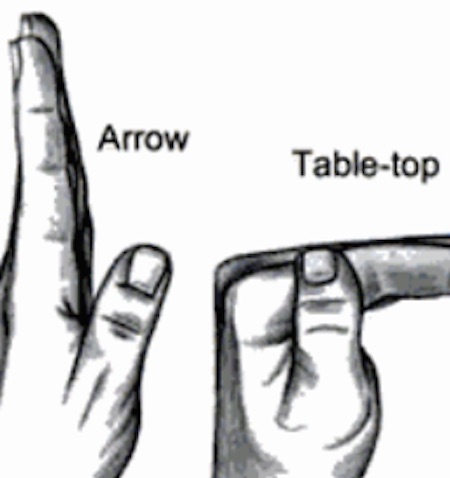Pediatric Phalanx Fractures
The hand is the most frequently injured part of the body in children. Most pediatric hand fractures can be treated by nonoperative means with good results. However, a subset of fractures requires prompt recognition and surgical intervention. We will review several pediatric phalangeal fracture types that must be recognized and treated appropriately to minimize complications and disability. These injuries defy the general conception that pediatric fractures universally do well with minimal intervention. This paper highlights two important concepts:
(1) phalangeal fractures in children can differ considerably from other pediatric fractures, and
(2) phalangeal fractures in children can be very different from those in adults.
Tolerance of displacement may be small in juxtaarticular or intraarticular fractures and healing is rapid in phalangeal fractures, allowing displaced fractures to develop into malunions in a short period of time, with resultant deformity and dysfunction. Careful clinical examination of any suspected phalanx fracture in children is essential to appropriate treatment of these potentially problematic injuries, including adequate radiographic evaluation with multiple views of the suspected fracture site and thorough examination of possible open injuries.
From Cornwall R, Ricchetti ET.Clin Orthop Relat Res. 2006 Apr;445:146-56
Division of Orthopaedic Surgery, The Children's Hospital of Philadelphia, Philadelphia, Pennsylvania 19104, USA.


 copy.jpg)
